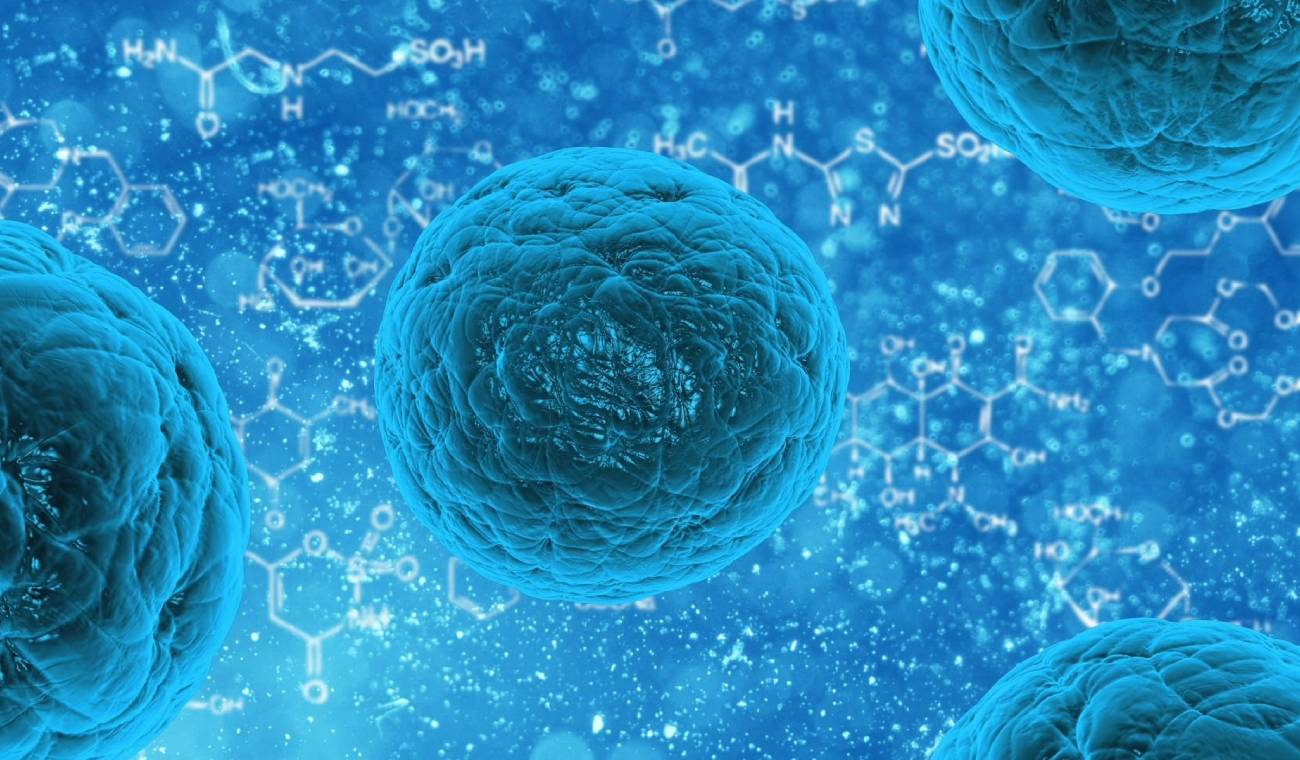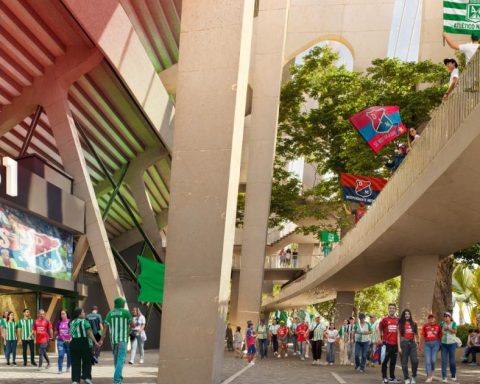Highly proliferative leukemia cells eventually become normal cells that no longer multiply by changing chemical modifications, the so-called epigenetics, of a type of genetic material: messenger ribonucleic acid (RNA), according to research known today.
The research, published in the journal leukemiahave been carried out by Alberto Bueno-Costa, researcher from Manel Esteller’s group, study supervisor and director of the Josep Carreras Spanish Leukemia Research Institute.
Esteller recalled that cancer is a disease caused by the transformation of a healthy cell into a malignant one with very different characteristics, such as the ability to divide in an uncontrolled way.
Can read: Worker dies after falling into molten iron: he had only been in that job for 5 days
In the last decades, many investigations have discovered diverse molecular alterations responsible for this conversion of a healthy tissue into a tumorous one, but the opposite process is hardly known, that is, how a cancer cell is reverted into a physiological, non-malignant one, and what factors could mediate it.
“We know that a strategy that human tumors have to avoid the efficacy of drugs is to change their appearance, becoming another similar cancer but insensitive to the drug used. For example, lymphoid-type leukemias are changed to the myeloid lineage so that the treatment doesn’t affect them,” Esteller said.
From this idea, the researchers wanted to know more about the molecular pathways involved in these cellular metamorphoses and studied an in vitro model where a leukemia transforms into a harmless cell, called a macrophage.
Also read: Man saved a baby who was crawling alone in the middle of the avenue
The experiment showed that this turning back of the malignant cell involves a profound change in the chemical changes to messenger RNAs, the transporters that help proteins form.
Specifically, the changes affect the distribution of an epigenetic signal called ‘methylated adenine’, a change in the chemical accentuation of these molecules that causes the instability of the proteins that define leukemia and, instead, favors the appearance of differentiated proteins characteristic of the normal cell that is being born, the macrophage.
According to the researchers, this process appears to be controlled by the METTL3 gene, a manufacturer of chemical modifications of messenger RNA.
“This line of research, although it is still in the preclinical state, is very promising and should continue to be explored as a new approach in the fight against leukemia,” Esteller said.
You may be interested in: President of Paraguay puts the case of prosecutor Pecci as an example of fighting organized crime
“The first preclinical drugs against this target have already been developed in experimental models of blood malignancies, providing another reason why these drugs in development could be useful in cancer therapies, particularly in the case of leukemias and lymphomas”, concluded the researcher, optimistic that in the medium term they can convert leukemia cells into normal cells.

















